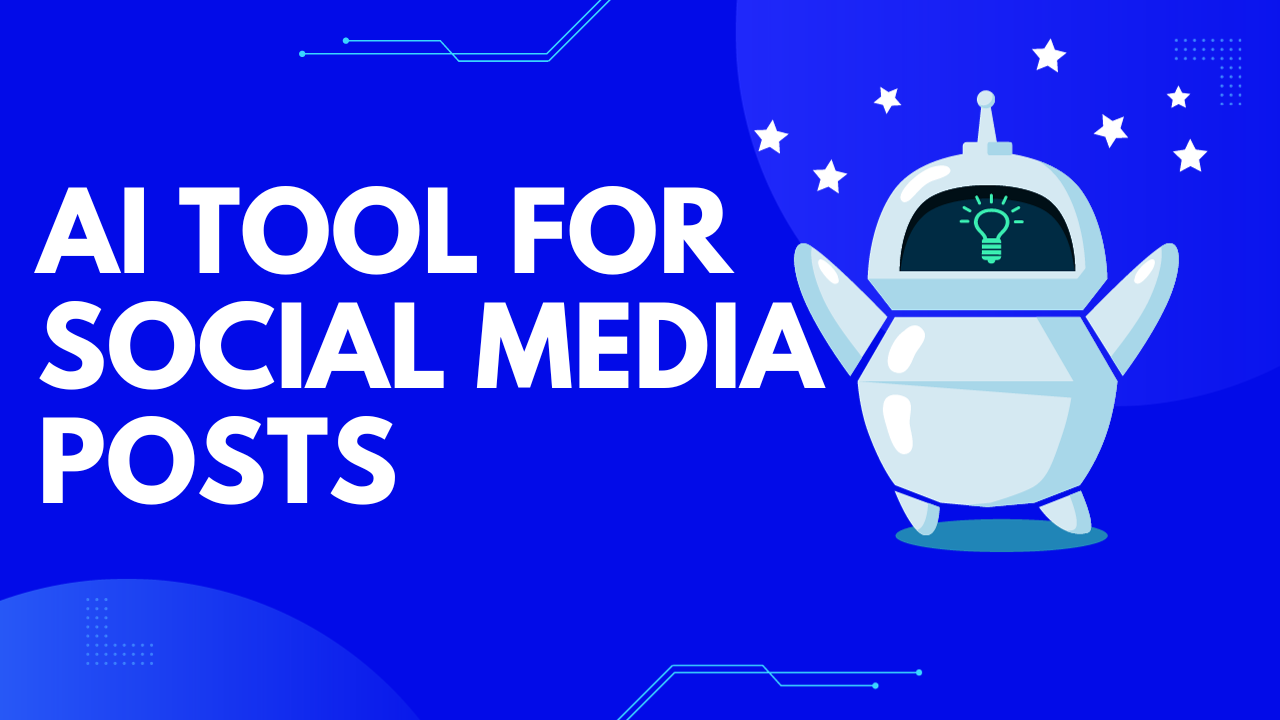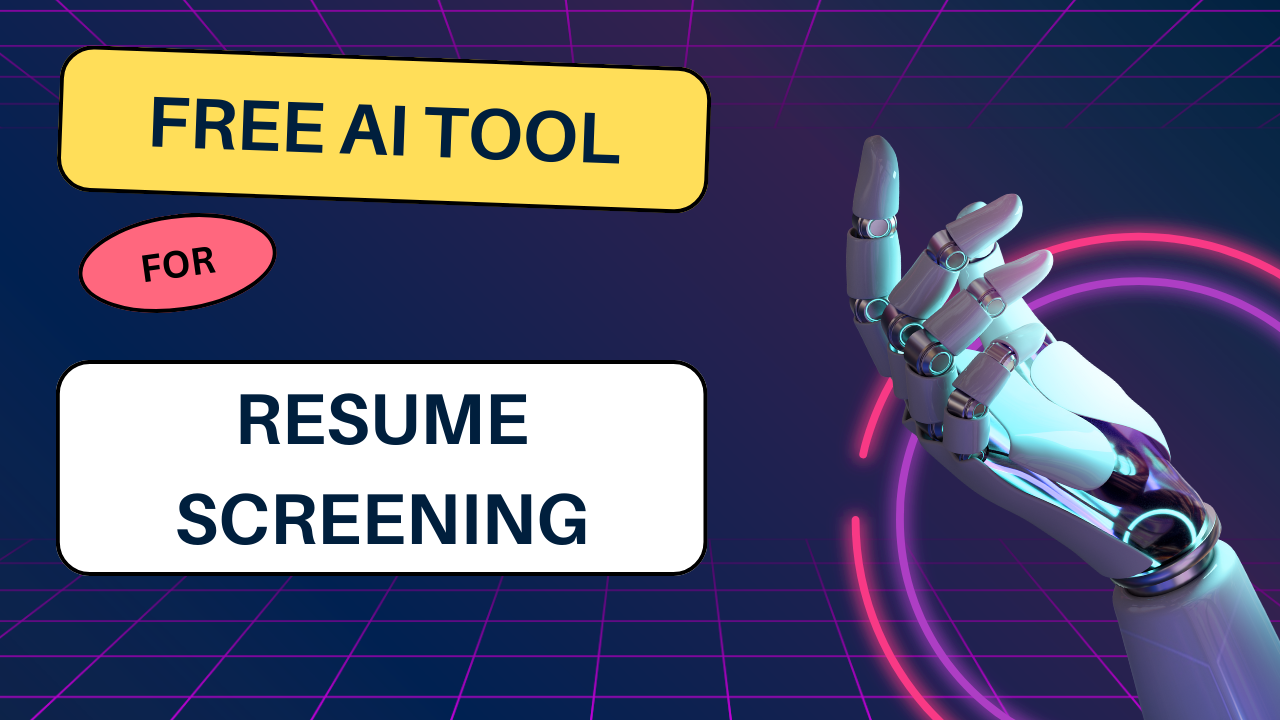Table of Contents
1. Introduction
In today’s fast-paced and ever-changing stock market, having a well-informed and effective trading strategy is crucial. While traditional methods of analysis and decision-making may still have their place, embracing the power of artificial intelligence (AI) can take your stock market strategy to the next level. With AI tools specifically designed for the stock market, investors and traders can harness the power of advanced data analysis and machine learning algorithms to optimize their trading decisions. In this blog, we will explore the benefits and potential of using AI tools for the stock market and how they can help you make smarter, more profitable trades.
2. Understanding the benefits of artificial intelligence in stock market strategy
Understanding the benefits of artificial intelligence in stock market strategy
Artificial intelligence (AI) has revolutionized various industries, and the stock market is no exception. By harnessing the power of AI, investors and traders can gain valuable insights that can significantly optimize their stock market strategy.
One of the primary benefits of using AI tools in stock market trading is the ability to process vast amounts of data in real-time. AI algorithms can analyze market trends, news, social media sentiment, and other factors that impact stock prices. This enables traders to make well-informed decisions based on historical patterns and current market conditions.
Furthermore, AI tools can adapt and learn from past successes and failures. Through machine learning, AI algorithms can continuously evolve and improve their trading strategies. This adaptive nature ensures that traders are always equipped with the most up-to-date information and can adjust their approach accordingly.
Another advantage of AI in stock market strategy is its ability to identify patterns that human traders may overlook. AI algorithms can detect subtle connections and correlations between multiple variables, leading to more accurate predictions. This can be particularly valuable in volatile markets where quick reactions are essential.
In addition to data analysis, AI can also automate trading processes. With AI-powered trading bots, investors can execute trades automatically based on pre-determined criteria, eliminating the need for manual intervention. This can save time, reduce human error, and even execute trades at optimal times when human traders may not be available.
While embracing AI in stock market strategy has clear advantages, it’s worth noting that it should not replace human decision-making entirely. Rather, AI should be seen as a powerful tool that complements and enhances human traders’ capabilities. The human touch is still crucial in interpreting AI-generated insights, evaluating risk, and making overarching strategy decisions.
In the next section, we will delve deeper into how AI tools can be applied in different stages of stock market strategy, from research and analysis to execution and risk management. Stay tuned to learn how you can leverage AI for a smarter and more profitable trading experience.
3. Implementing AI algorithms for data analysis and forecasting
In order to optimize your stock market strategy with the power of artificial intelligence (AI), it’s essential to understand how to effectively implement AI algorithms for data analysis and forecasting. AI tools can provide valuable insights into market trends and help predict future stock prices, giving you a competitive edge in your trading decisions.
First, it’s important to gather high-quality and relevant data for the AI algorithms to analyze. This includes historical stock prices, financial statements, news articles, social media sentiment, and other relevant information. The more comprehensive and diverse the data, the more accurate the AI predictions will be.
Next, you need to select the appropriate AI algorithms for your specific trading objectives. There are various types of algorithms, such as regression, decision trees, and neural networks, each with its own strengths and weaknesses. Understanding the characteristics of each algorithm will help you choose the right one for your needs.
Once you have selected the algorithm, you need to train it using historical data. This involves feeding the algorithm with past stock prices and corresponding market variables to teach it to recognize patterns and make predictions. The training process may require a significant amount of computational power and time, depending on the complexity of the algorithm and the volume of data used.
After training the algorithm, you can start implementing it for data analysis and forecasting. By inputting real-time market data into the trained algorithm, you can generate predictions on future stock prices and analyze market trends. These predictions can help you make informed trading decisions and adjust your strategy accordingly.
However, it’s important to note that AI algorithms are not infallible. They are only as good as the data they are trained on and the assumptions made during the training process. Therefore, it’s crucial to regularly evaluate and update your AI models to ensure their accuracy and relevance.
In the next section, we will explore the role of AI in executing trades and managing risks. Stay tuned to discover how AI can help you automate your trading processes and minimize potential losses.
4. Incorporating machine learning for improved decision-making
In addition to data analysis and forecasting, artificial intelligence (AI) can also play a vital role in improving decision-making when it comes to executing trades and managing risks in the stock market. Machine learning, a subset of AI, allows algorithms to learn from past data and make predictions based on patterns and trends.
By incorporating machine learning into your stock market strategy, you can automate the decision-making process and reduce the impact of human biases and emotions. Machine learning algorithms can analyze large amounts of data, such as historical price patterns, market indicators, and news events, to identify potential trading opportunities and risks.
One key advantage of using machine learning is its ability to adapt and learn from changing market conditions. As the market evolves, machine learning algorithms can continuously adjust their predictions and strategies to stay up-to-date with the latest trends and patterns.
Moreover, machine learning algorithms can also help in risk management by providing insights into portfolio diversification and asset allocation. By analyzing historical data and market correlations, these algorithms can identify optimal investment strategies that maximize returns while minimizing risks.
However, it’s important to remember that machine learning algorithms are not a one-size-fits-all solution. Each individual trader has unique objectives and risk tolerances, and it’s crucial to fine-tune the algorithms to match these requirements. Regular monitoring and adjustments are necessary to ensure the algorithms are performing optimally.
In the next section, we will dive deeper into the benefits of using AI for portfolio optimization and explore how it can help you achieve your investment goals. Stay tuned to discover more strategies for optimizing your stock market performance using the power of AI.
5. Leveraging natural language processing for sentiment analysis
Leveraging natural language processing for sentiment analysis
Another powerful application of artificial intelligence (AI) in optimizing your stock market strategy is through the use of natural language processing (NLP) for sentiment analysis. NLP allows algorithms to analyze and understand human language, including news articles, social media posts, and financial reports.
By incorporating NLP into your stock market strategy, you can gain valuable insights into market sentiment and investor opinions. By analyzing the language used in news articles and social media posts, AI algorithms can determine whether the overall sentiment towards a particular stock or industry is positive, negative, or neutral.
This information can be extremely valuable in making informed trading decisions. For example, if the sentiment analysis reveals a positive sentiment towards a specific stock, you may consider increasing your position or entering a new trade. On the other hand, if the sentiment is negative, it may be an indication to be cautious or consider reducing your exposure to that particular stock.
Additionally, sentiment analysis can also be used to identify market trends and potential risks. By tracking changes in sentiment over time, AI algorithms can detect shifts in public opinion and help you stay ahead of market movements.
In the next section, we will explore different techniques and tools for incorporating NLP and sentiment analysis into your stock market strategy. Stay tuned to learn more about how AI can help you optimize your trading decisions and maximize your profits.
6. Embracing deep learning for pattern recognition
In addition to leveraging natural language processing for sentiment analysis, another powerful application of artificial intelligence (AI) in optimizing your stock market strategy is through deep learning for pattern recognition. Deep learning involves using algorithms that are capable of learning and making predictions based on large amounts of data.
By using deep learning algorithms, you can uncover hidden patterns and trends in the stock market that may not be visible to the human eye. These algorithms are designed to analyze vast amounts of historical data, including price movements, trading volumes, and market indicators, to identify patterns that indicate potential trading opportunities.
Deep learning models can learn from past market data and use that knowledge to make predictions about future price movements. By embracing deep learning for pattern recognition, you can uncover profitable trading strategies that may not be apparent through traditional analysis methods.
In the next section, we will explore various deep learning techniques and tools that can be utilized to enhance your stock market strategy. Continue reading to discover how AI can revolutionize the way you approach trading and help you achieve greater success in the stock market.
7. Integrating AI technology into your overall trading strategy
Now that we have established the importance of deep learning for pattern recognition in optimizing your stock market strategy, it’s time to explore how you can integrate AI technology into your overall trading approach.
One effective way to incorporate AI into your trading strategy is by using AI-powered trading platforms. These platforms utilize advanced algorithms and machine learning techniques to analyze real-time market data and generate trading signals. By automating the process of identifying favorable trading opportunities, AI-powered platforms can help you make quicker and more informed decisions.
Another approach is to develop your own AI trading system. This involves designing and training a deep learning model to analyze market data and generate trading signals. By customizing the model to suit your specific trading preferences and risk tolerance, you can create a system that aligns with your unique trading strategy.
Remember, integrating AI into your trading strategy doesn’t mean relying solely on technology. It’s important to use AI as a tool to augment your decision-making process, not replace it entirely. Always exercise caution and conduct your own due diligence when interpreting AI-generated trading signals.
In the next section, we will discuss risk management strategies when using AI in stock market trading. Stay tuned to discover how to navigate the potential risks involved and ensure a successful and sustainable trading journey.
8. Evaluating the risks and limitations of AI in stock market optimization
Evaluating the risks and limitations of AI in stock market optimization is a crucial step in ensuring a successful and sustainable trading journey. While AI technology offers great potential in enhancing trading strategies, it is essential to be aware of the possible risks involved.
One major limitation of AI in stock market optimization is the reliance on historical data. AI models are trained using historical data to identify patterns and generate predictions. However, the market is always evolving, and past performance may not necessarily indicate future results. It is important to regularly update and retrain AI models to adapt to changing market conditions.
Another risk is the algorithmic bias. AI models may be susceptible to biases based on the data they are trained on. Biased data can lead to inaccurate predictions and decision-making. It is crucial to ensure a diverse and unbiased dataset when training AI models.
Additionally, AI models can also be vulnerable to cyber attacks and manipulation. As AI becomes more prevalent in financial markets, there is an increased risk of malicious actors exploiting vulnerabilities in AI systems for personal gain. It is important to have robust security measures in place to protect your AI-powered trading systems.
In the next section, we will delve deeper into these risks and provide strategies for mitigating them. Stay tuned to learn how to navigate these challenges and optimize your stock market strategy effectively.
9. Conclusion: Utilizing the power of artificial intelligence for a more successful stock market strategy
Utilizing the power of artificial intelligence (AI) can significantly enhance your stock market strategy and improve your chances of success. In this blog series, we have explored the potential of AI in optimizing trading strategies and the risks and limitations associated with it.
Despite the limitations of relying on historical data, it is crucial to regularly update and retrain AI models to adapt to changing market conditions. By staying proactive and ensuring that your AI models are continually learning and evolving, you can increase their effectiveness in predicting market trends.
Moreover, algorithmic bias is a significant concern when using AI in stock market optimization. To mitigate this risk, it is essential to ensure that your dataset is diverse and unbiased. By incorporating data from different sources and scrutinizing it for any inherent biases, you can minimize the chances of inaccurate predictions and decision-making.
Lastly, with the increasing prevalence of AI in financial markets, cyber attacks and manipulation are genuine threats. Implementing robust security measures and staying vigilant against potential vulnerabilities can safeguard your AI-powered trading systems.
In conclusion, by taking into account the risks and implementing strategies to mitigate them, you can harness the power of AI to optimize your stock market strategy effectively. Stay tuned for our next blog series, where we will explore practical tips and techniques for leveraging AI in your trading journey.





Wow, amazing weblog layout! How long have you been running
a blog for? you make blogging glance easy.
The whole look of your website is excellent, let alone the content!
You can see similar: ecommerce and here sklep